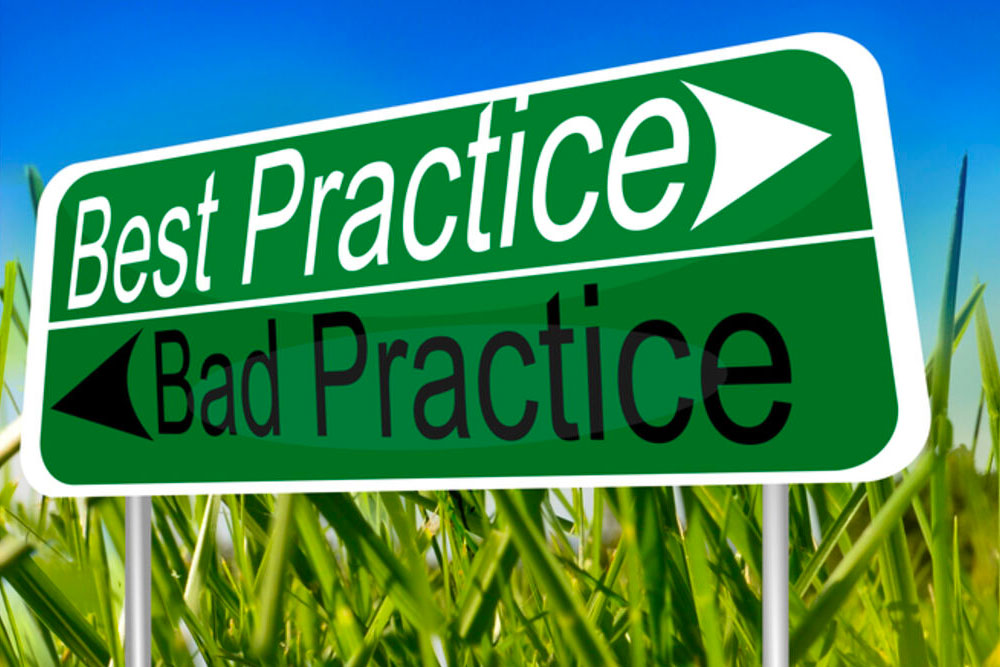A good website acts as the face of your business, online. It showcases your practice values and nature to patients and visitors alike. Before venturing into website design and development the Healthsite team spent months pouring over websites from the healthcare industry both here in Australia and abroad. There were some fantastic examples of professionally designed and visually great websites. However, there was an overwhelming number of medical websites that were darn right ugly, difficult to navigate and messy to say the least. Below we have listed our TOP 10 elements to a great healthcare website that we believe will make for a sure winner if followed:
- Effective site navigation – This is by far and away the biggest difference between great websites and poor websites. An easy-to-navigate web design is the most prominent element of your website. It’s what the patients’ eyes will be drawn to when trying to find the information they seek. For example, if you offer vasectomies, make sure it’s obvious in your navigation. Similar to a sales person needing to grab their prospective clients’ attention, your website has around 30 seconds to engage the patient or you will lose them back to Google, or wherever they came from. Research shows eye movement tends towards the top of webpages when first landing. Thus it is advisable to have a structured navigation system at the top or near the top of your websites Home Page.
- Contact details in clear site – Once a patient is satisfied with what they’ve seen and read from your website, they’re going to want to contact you! Make sure you prominently display all your contact details on all your pages so the patient doesn’t have to navigate away from where they’ve left off to contact you. Always give the patients several options to contact you. Most importantly, but not limited to; phone number, full address, email, map location and social contacts such as Facebook, twitter if you’re that way inclined. Links to your Contact Us page are always helpful.
- A big obvious button to your “Online Appointments” page – Yes! Online appointments are here. And I’m not just talking about entering a time bracket you’d like, only for a receptionist to call you back 4 hours later. I will talk about Online Appointment in a separate Blog (as it certainly needs it) but the very best healthcare websites offer their patients the option to access their clinics’ appointments page to see all available spots. This not only a huge convenience to patients who prefer this method of booking, but it always frees up at least 2-3 minutes of receptionist time per booking! Imagine if all appointments were done this way….we’d have no need for receptionists! Only kidding, we love them and couldn’t live without them.
- A health information library – 73% of all people turn to their desktop computers before contacting their health professional, deal with it. Allow your patients to access quality healthcare information from the comfort and trust of their own practices’ website. The trust you will gain by offering this information on your website in immeasurable.
- Health links to other prominent health organisations – If your site doesn’t hold health related content that can be of use to your patients, provide some guidance and give them links to reputable quality healthcare information they can access on the web. You will always get kudos for pointing someone in the right direction for good advice.
- Practitioner Bio – when patients are doing their research online, there’s one thing they want most: TRUST. Having a short spiel about each practitioner always the patients to gain trust by having an insight to the practitioners experience, interested or anything else you wish to mention.
- Billing information – isn’t it annoying when a patients lob at your front desk complaining about your fees?! Don’t be scared to put your fees up for the world to see. That way you will better educate your patient base and any new patients who find you from the web.
- Patient newsletter – people are becoming more and more concerned with their health as our population ages. Providing your patients with a regular newsletter will better educate your patients and the wider community. It will engage your patient base on a level that goes beyond the practitioner-patient relationship. It will also allow you to communicate important practice information to your patients throughout the year. If you don’t want to do your own newsletter there are heaps of great health publications you can use. I recommend Healthlink which is a Department of Health & Ageing newsletter.
- Blog – a blog by a practitioner is a fantastic way to engage with people searching for health information on the net. A blog could be anything from this long, drawn-out letter, to a short message of what viruses/ailments to look out for each season. A blog with unique content on it is also a fantastic way to boost your websites ranking on Google, as it LOVES this kind of content.
- Responsive webpages – with more and more people accessing information on their tablets and mobile phones you need a website that responds perfectly when accessed via these devices. I’m not talking about your site simply being able to be viewed on a mobile phone, I’m talking about a website that detects what screen size it’s being viewed upon and responds automatically. You don’t want your patients needing a magnifying glass or needing to enlarge your text on your site because it’s not responsive. If you have Online Bookings, your patient will be able to book an appointment whilst rising the train or sitting on their couch! I will discuss this at greater length in a later blog.




